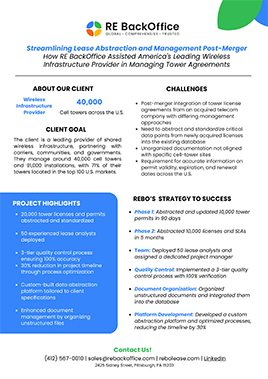
The Americans with Disabilities Act (ADA), enacted in 1990, is a pivotal legislation safeguarding the rights of individuals with disabilities, ensuring their equal access to public spaces and opportunities. It prohibits discrimination across various domains such as employment, education, transportation, and public and private spaces. A core tenet of the ADA is accessibility, mandating reasonable accommodations to guarantee equal access to facilities and services. This encompasses physical modifications like ramps, elevators, and designated parking, as well as communication aids. Public transportation systems are obligated to offer accessible services, including ramps and designated seating areas. In infrastructure and construction, adherence to ADA standards is imperative, ensuring accessible entrances, restrooms, and facilities.
In the realm of lease agreements, the ADA plays a significant role in shaping the responsibilities of landlords and property owners to provide accessible spaces for tenants and visitors with disabilities.
The Americans with Disabilities Act (ADA) and Its Implications for Lease Agreements
The Americans with Disabilities Act (ADA) is not only a vital piece of legislation for ensuring equal rights and opportunities for individuals with disabilities but also holds significant implications for landlords and tenants in lease agreements. Compliance with the ADA is not just a moral obligation but a legal requirement that landlords must consider when leasing commercial or residential properties.
Under the ADA, landlords are obligated to ensure that their properties are accessible to individuals with disabilities. This includes providing reasonable accommodations and ensuring that the property meets ADA accessibility standards. For tenants, this means they have the right to request modifications to the property to accommodate their disabilities, such as installing ramps, widening doorways, or making other necessary adjustments.
When negotiating lease agreements, landlords and tenants should consider ADA compliance as a crucial aspect of the contract. Landlords should clearly outline their responsibilities regarding ADA compliance in the lease agreement, including any modifications or accommodations that may be required. Likewise, tenants should be aware of their rights under the ADA and ensure that the lease agreement reflects their needs for accessibility.
In addition to physical accessibility, the ADA also covers issues related to communication accessibility. Landlords may be required to provide auxiliary aids and services, such as interpreters or written materials in accessible formats, to ensure effective communication with tenants who have disabilities.
Failure to comply with ADA requirements can result in legal consequences for landlords, including lawsuits and financial penalties. Therefore, it is essential for landlords to proactively address ADA compliance in lease agreements and take steps to ensure that their properties are accessible to individuals with disabilities.
Furthermore, landlords should be aware that state and local laws may impose additional accessibility requirements beyond those outlined in the ADA. Therefore, it is advisable to consult with legal professionals or ADA experts to ensure full compliance with all applicable regulations.
In summary, the ADA has significant implications for lease agreements, requiring landlords to ensure that their properties are accessible to individuals with disabilities. By addressing ADA compliance in lease agreements and taking proactive steps to meet accessibility standards, landlords can create inclusive environments that accommodate the needs of all tenants.


